It is an extraordinary exhibition where there is no museum, there are no solid paintings and yet it is a feast for all the senses and for the soul. Vincent Van Gogh’s (1853-1890) genius brushworks become alive in a mesmerizing movement of images, colors, light and sound. The irises, sunflowers, olive groves, haystacks, his self-portrait and more, are all projected for 30 minutes on a surface of 3300m², covering all over from the floor across the walls and up to the ceiling 10 meters high. It is an exhilarating experience. The “multisensory” digital art exhibition plunges one into a world …
Year: 2019
“When we are about to choose a partner, or get married to a certain partner –that’s the kind of decision that we cannot make based on a cold cognitive calculus” says Richard Davidson, the seminal neuroscientist known for his research on what determines our emotional styles. In the interview with Krista Tippet, he adds “we consult our emotions for making that decision, and if our emotions were disrupted, it will really impair our capacity to make those kinds of decisions.” In the assessment of the functioning of the emotional brain, he identifies six innate capacities which constitute our emotional …
Siri Hustvedt, the prizewinning writer and scholar, describes the meaning of life in her vigor for work, the joy she finds in the creative impulse and the urgency to write driven by it. She recounts her life being a woman writer in men’s world, married to the well-known writer Paul Auster and describes her remedies to overcome the challenges of the “writing self”. Her deep knowledge of psychoanalysis, art and neuroscience is woven in her stories where the human condition is playing up real and tangible. She insightfully draws answers to the question “what are we ?” Here …
Victor Hugo, the irreplaceable writer reflects on his life and works “ For half a century I have been writing thoughts in prose, verse, history, drama, romance, tradition, satire, ode and song…but I feel I have not said a thousandth part of that which is within me. “ And that renders the abundant creative power of the writer as reflected in the invaluable and timeless works of Victor Hugo. His insightful saying “ a writer is a world trapped in a person ” is beautifully captured in Auguste Rodin’s sculpture. From writing, sculpture, and painting to the enchantment of …
In the dance, one finds the cinema, the comic strips, the Olympic hundred meters and swimming, and what’s more: poetry, love and tenderness, said Maurice Bejart, the exceptional choreographer, opera director and dancer. Long before neuroscience confirmed that our brains are wired to move along with music, dancing was there. Babies, children, and adults, all instinctively move to the rhythm of the music. Based on recent cognitive research, it seems like human beings are universally synchronized with the chords of music. Moreover, the rhythmic movement lifts our mood, regulates the mental and emotional fluctuations, and we become happier. Such …
How the intelligence of the trees is measured and what it means for maintaining our life on earth Plants are sentient beings which have emotions, who feel the pain when damaged, enjoy Mozart, can respond to unspoken thoughts of humans and more. Cleve Backster, a former intelligence agent, best known for his experiments with plants using a polygraph (lie detector) instrument in the 1960s long before science has discovered the intelligence of plants capable of cognition, learning, memory and communication. He hooked up the galvanometer of the polygraph instrument to his house plant and to his astonishment, he found that …
Piece of music with transcendent quality, worth listening here below
Psychoanalytic therapy aims to explore the hidden emotions, repressed childhood memories, fantasies and thoughts affecting present behavior and relations of the client. The ultimate gain is a sound sense of self, contentment at a higher state of consciousness and self-mastery. The history of the psychoanalytical practice is not only long but it has been evolving ever since S. Freud’s work in psychoanalysis from 1915s up to present. Moving from the divan (couch) to psychoanalytic therapy wherein the client is relocated to the armchair facing the therapist and further on to the developmental approach founded by S. Freud’s daughter Anna …
The practice of psychology had started with two traditional schools: psychoanalytic and cognitive psychology from which further derivatives and styles of therapies would be formulated in tandem with advanced research in cognitive science and developmental psychology. Freud’s pioneering work with psychoanalysis at the turn of the 20th century and the Jungian approach to the unconscious, both prepared the field for psychological practices, primarily paving the way for psychoanalytical therapy in the 1930s. The next major school – Cognitive Behavioral psychology was founded in the late sixties by the developmentalists Bruner and Neisser. Here is a simplified outline …
The Egyptian method for weighing the virtues of the soul before the final judgement and the destiny of the soul in the afterlife, you can watch here : Duygu Bruce July 9, 2019



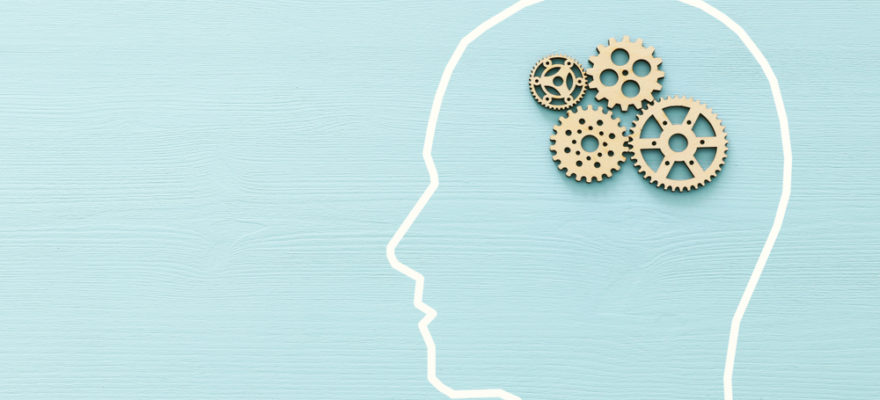
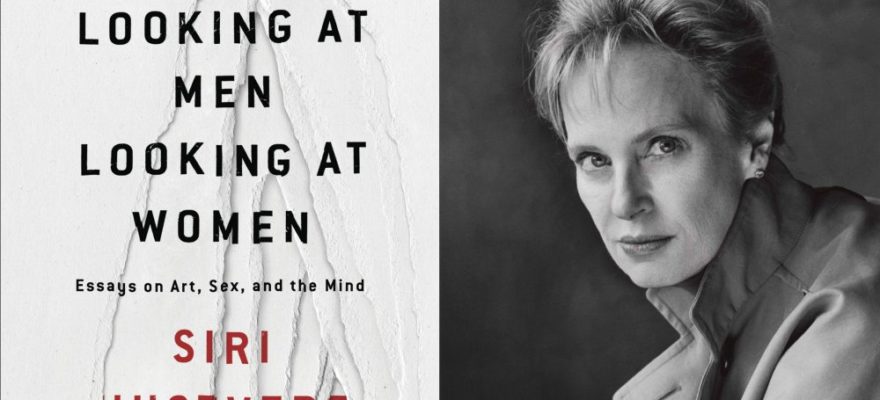
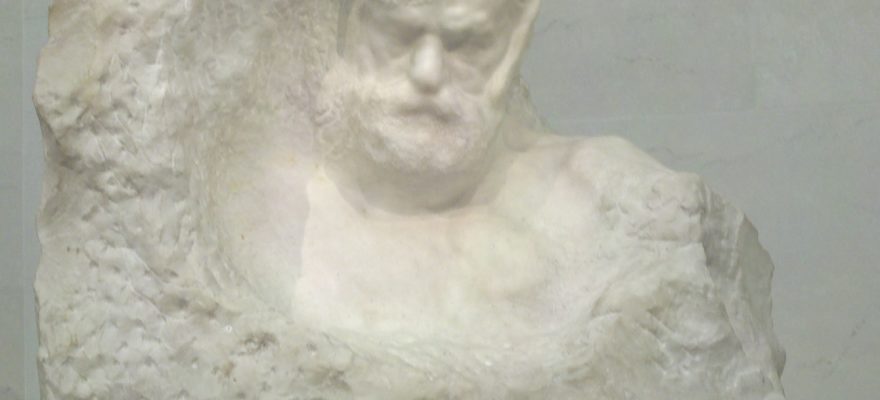
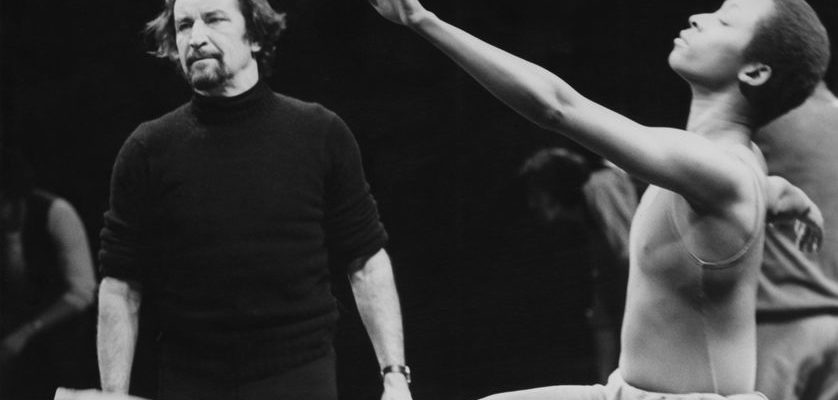
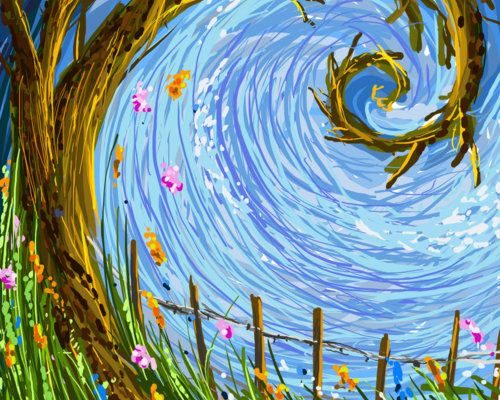
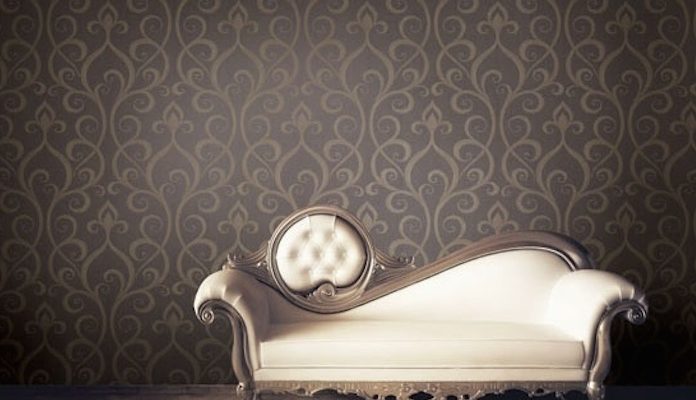
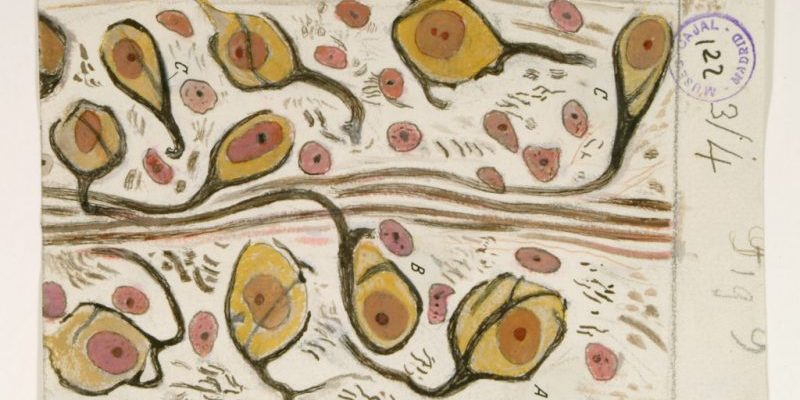
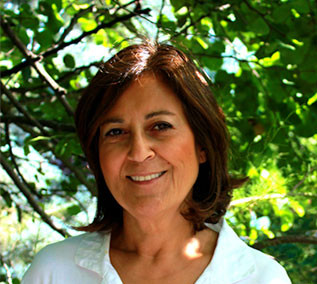




Social Profiles